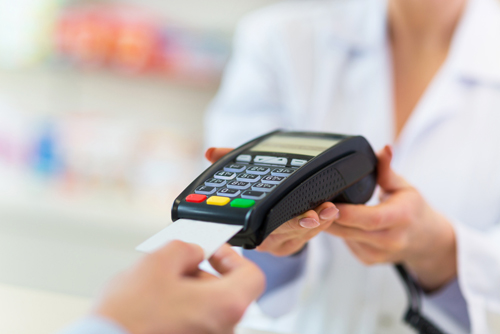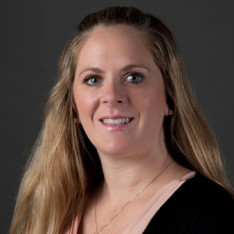Overdraft Protection: Know the Risks
What is overdraft protection? It can be helpful in a pinch, but it comes with risks. Be sure to weigh the pros and cons before deciding to use it.
Recently, I was speaking with a person who was unable to open a checking account, due to owing money to another banking institution. When I asked how he got into the situation of owing the bank money, he replied, “Overdraft fees.” These resulted from a combination of ATM withdrawals, debit card purchases, and writing checks to pay monthly bills.
Having past banking experience, I know that it is easier than ever to rack up high overdraft fees. Not only does it affect your ability to open a checking account with a new bank, it can also weaken your credit score. In this blog we discuss overdraft protection fees and the various ways you can overdraft your account. The following examples would happen only if a person chooses to have the bank turn on their courtesy pay/overdraft protection. I usually tell people it’s a good thing to have in case of an emergency, but it can be costly. However, if you do not have credit or savings, this may be your only option in an emergency situation.
- Monthly or Balance Requirement Fees: Some checking accounts have monthly maintenance fees regardless of the balance, or charge you a fee for dipping below the minimum required balance . When automatically deducted from your account, these fees could potentially bring your account into the negative. Most banks will not charge an overdraft fee in this case, but will charge a fee once the account has been overdrawn for more than five days. This is referred to as an extended overdraft fee. For every five days that your account stays negative, you will incur another fee, up to five times.
- Unavailable Funds: There could be times when you may deposit money but technically the money is not available for use yet. A great example of this is depositing a check through the ATM machine. Although you see and know you deposited a check, it may not clear until the next day because it still needs to be manually processed. If you use those unavailable funds prior to the check clearing, you could incur fees. This is why it’s a good habit to always be aware of your available balance. Most ATM machines will print out your balance and your available balance. Always make sure to use available balance, because this includes pending debit card purchases, automatic drafts, processing checks or other debits from your account, and will not include unavailable funds not yet cleared by the bank.
- Overdraft Protection for Checks: This service will pay for a check, even when you do not have enough money in your account to cover the check. Here’s an example: You have $300 currently in your checking account, and write a check for your car payment for $295. This all seems fine, except that your monthly checking fee of $15 comes out the day before your check is processed. You now only have $285 in your checking account, so when your check is processed, you will be charged an overdraft fee of $35
- Electronic or ACH (Automated Clearing House) Overdraft Protection: This covers your debit card and electronic payments. Most banks charge a fee for each overdraft item, so let’s say the overdraft charge was $35. In this example, I used my card seven times in a day for small purchases. I then forgot that my car payment was set to automatically come out on the same day. If my car payment gets pulled first, and I have overdraft protection cover the seven items, I would incur $175 in fees. (That’s $35 per item up to five items per day!) I may not get paid again soon enough, so I would not be able to make a deposit to bring my account positive within five business days. I would then incur another $35 extended overdraft fee. As I mentioned above, this could happen up to five more times, leading to another $175 in fees. When you make your next deposit you will be paying $350 in fees.
Now that you are aware of the many ways you can easily incur overdraft fees, you also know that you have the option of Opting Out of both check and electronic, and ACH overdraft protection. Check Opt Out means that if there is not enough money in your account, the bank will not cash a check written off that account.Electronic/ACH Opt Out means if there is not enough money in your account at the time you swipe your debit card, the transaction will not go through, and you will not pay a fee. Your card will show up as declined when you swipe.
Overdraft protection fees can be a very expensive lesson while learning to manage your accounts. In my next blog, I will discuss better alternatives for overdraft protection.
Click here to sign up for the Daily Economy weekly digest!











